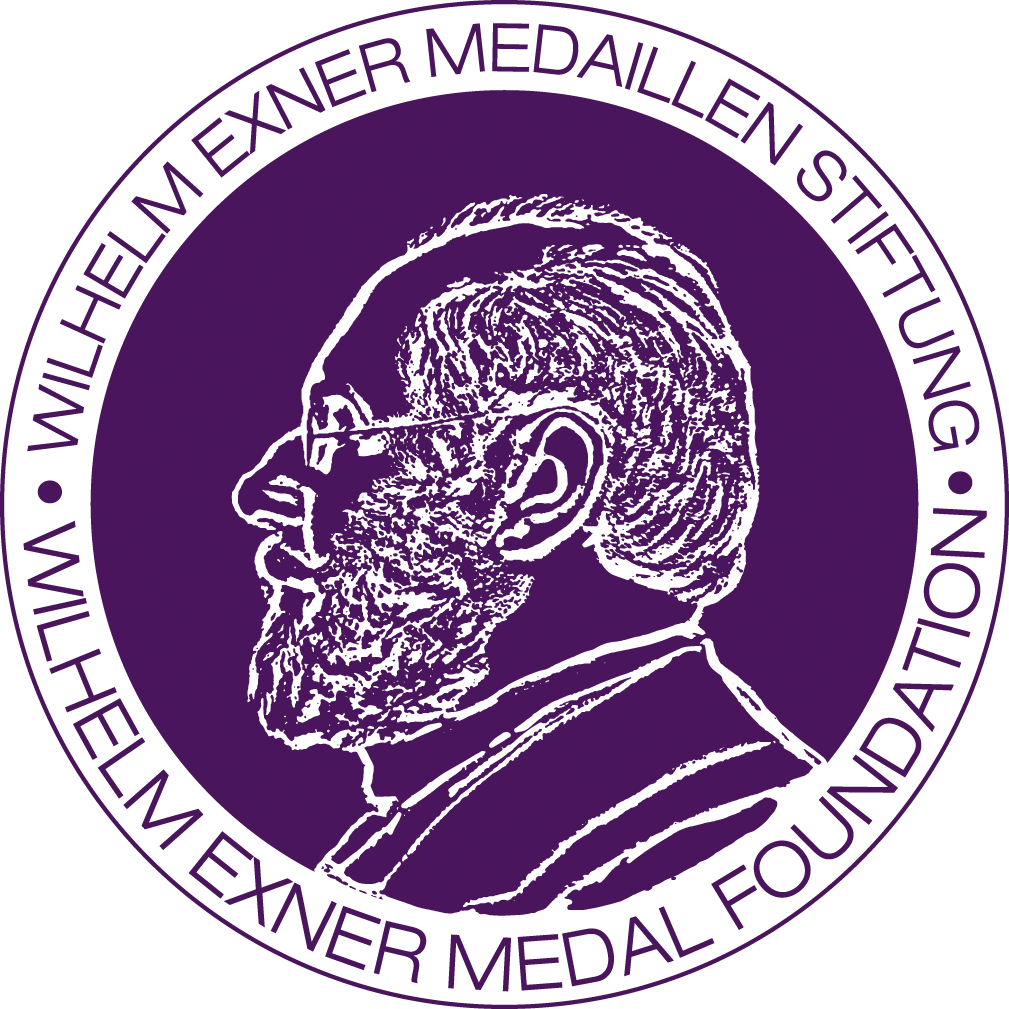
Richard Kuhn received the Nobel Prize for Chemistry in 1938 for his work on carotenoids and vitamins. In 1936 he succeeded in the first partial synthesis of vitamin B2, and he also clarified the complete structure of vitamin B6 before synthesizing this vitamin. Simultaneously with research on vitamins, Kuhn was also interested in chemical sex substances.
Kuhn proved that the color of pigments is determined by their chemical structure. He began his education shortly after World War I at the University of Vienna, studying chemistry, and later joined Richard Willstätter at the University of Munich. Kuhn’s doctoral thesis dealt with the role of enzymes in carbohydrate metabolism, an area of research to which he would continue to devote himself in the following decades. In 1937 he took over the overall management of the Kaiser Wilhelm Institute for Medical Research, which was re-established as the Max Planck Institute after the end of the war with Richard Kuhn’s participation.

